Don't let the name confuse you. The layer tf.keras.layers.Conv1D needs the following shape: (time_steps, features). If your dataset is made of 10,000 samples with each sample having 64 values, then your data has the shape (10000, 64), which is not directly applicable to the tf.keras.layers.Conv1D layer. You are missing the time_steps dimension. What you can do is use the tf.keras.layers.RepeatVector, which repeats your array input n times, in the example 5. This way your Conv1D layer gets an input of the shape (5, 64). Check out the documentation for more information:
time_steps = 5
model = tf.keras.Sequential()
model.add(tf.keras.layers.Input(shape=(64,), name="input"))
model.add(tf.keras.layers.RepeatVector(time_steps))
model.add(tf.keras.layers.Conv1D(64, 2, activation="relu", padding="same", name="convLayer"))
As a side note, you should ask yourself if using a tf.keras.layers.Conv1D layer is the right option for your use case. This layer is usually used for NLP and other time series tasks. For example, in sentence classification, each word in a sentence is usually mapped to a high-dimensional word vector representation, as seen in the image. This results in data with the shape (time_steps, features).

If you want to use character one hot encoded embeddings it would look something like this:

This is a simple example of one single sample with the shape (10, 10) --> 10 characters along the time series dimension and 10 features. It should help you understand the tutorial I mentioned a bit better.

